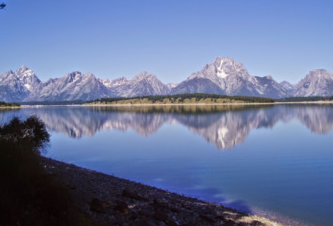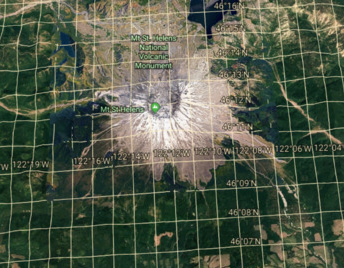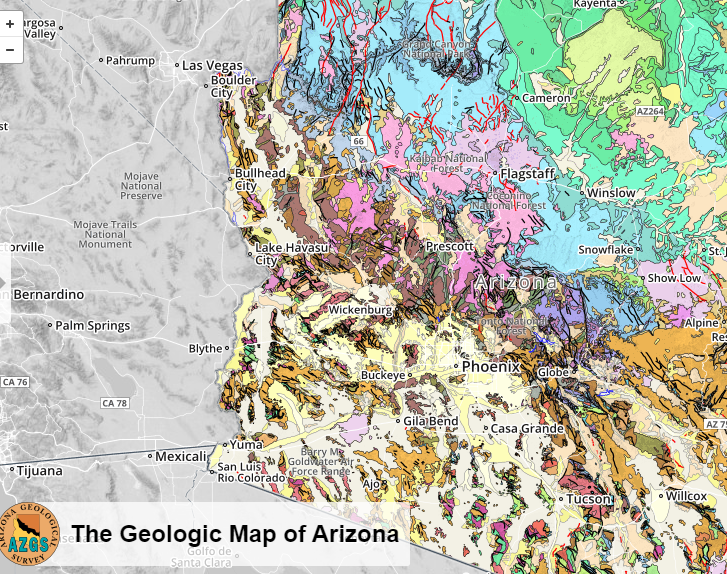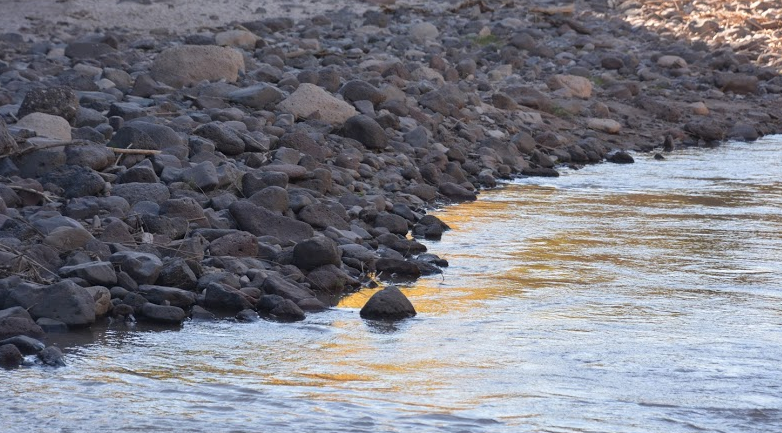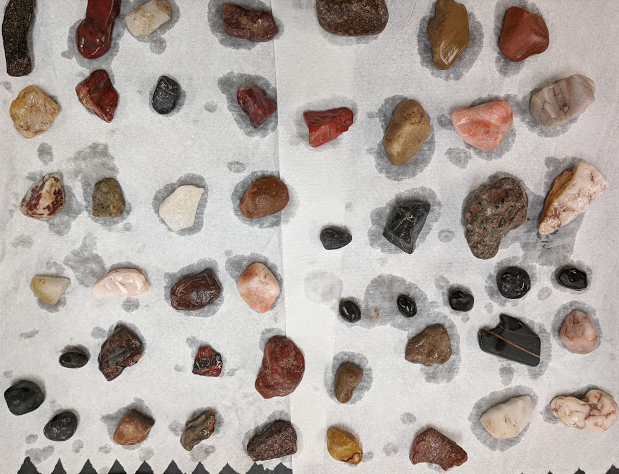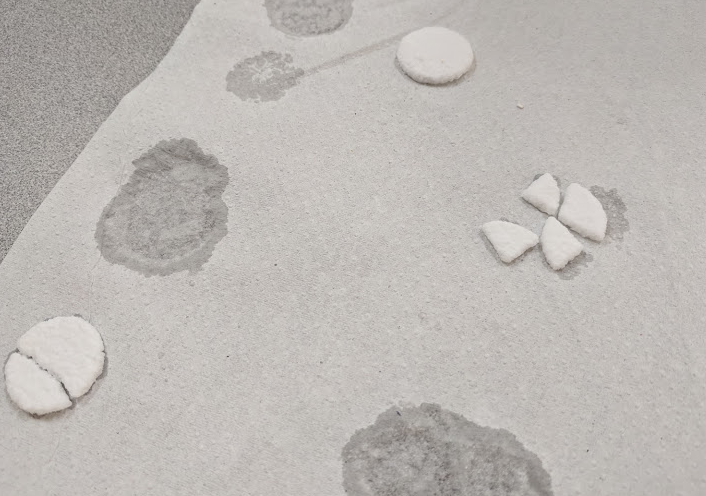Identifying Sedimentary Rocks
Image
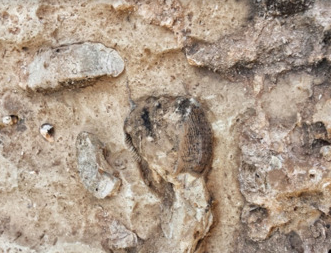
In this activity, students will hone their observation, inference, and making conclusions skill by trying their best to use a dichotomous classification key to determine the name of their rocks. This Earth Science lab also contains a dichotomous key used for teaching students how sedimentary rocks are classified.
Find more Earth Science lessons and labs at EarthScience.xyz.
Other rock and mineral identification labs can be found at:


